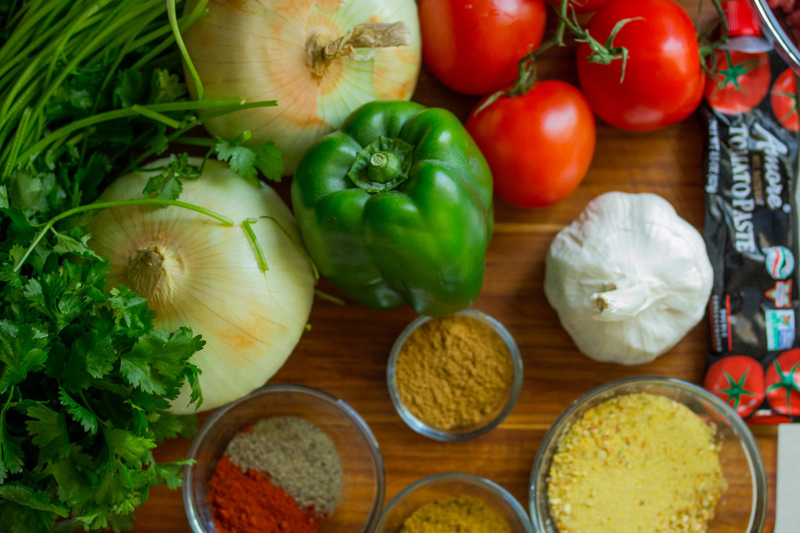A Year in the Vineyard

To everything there is a season, and this is most true in am Italian vineyard. Each season brings a new joy and challenge.
Throughout the year grapevines and vineyards go through many different stages. Here is a look at vineyard that produces non-sparkling wines. Other vintners around the world may follow a slightly different schedule, but the basic cycle is the same.
Vineyard Preparation (late October through November)
Once grapes have been picked and delivered to the winery the vineyard is fertilized, sometimes with the remains of the skins, seeds, and stems, and prepared for winter. The vines' long shoots are cut off and the leaves turn brown and fall off. The vines enter a dormant stage. The sap is concentrated in the lower section of the plant for protection from the cold. Soil may be placed at the base of the plant to provide additional protection from the winter cold.
Vineyard Care and Pruning (December through January)
A time to replace topsoil that was eroded during the year. This a common task in regions such as Chianti. The grapevines are also pruned to help control the yield and quality of the coming year's grape harvest. If not pruned back, the number of buds that would bloom and turn into fruit would be of lower quality.
Vineyard Preparation (February and March)
Most outdoor work is finished before the severe cold hits. Its time to turn attention to the vineyard machinery. Grafting vines onto rootstock can also be done indoors. March allows for outdoor work once again. It's time to plow and aerate the soil. By the end of March the grapevines begin to come out of their dormant stage, as the sap in the roots begins to flow. The protective soil covering is removed from the base of the vine.
Frost Watch and Vineyard Care (April through May)
The threat of frost has not departed with winter. The threat can last for the next two to three months. Year-old cuttings can now be planted. Any wood cuttings left over from pruning are removed or burned in the vineyard. The first buds start to open as leaves begin to develop along with the new growth. May, and warmer weather, brings weeds. The soil is worked again and unwanted vegetation is removed. This is one of the most dangerous times for the vines. One prolonged period of cold weather or frost can damage the vines and effect the crop. Sometimes heating pots are placed throughout the vineyard to help combat any extremely cold temperatures.
The Flowering (June)
In early June the warmer temperatures encourage the vines to flower. The growers hope for warmer weather to assist in this critical stage. Traditionally, harvest starts approximately 100 days after flowering occurs. Soon after flowering, the petals drop, as tiny hard green grapes start to become visible.
Vineyard Care (July)
The never ending job of caring for the vineyard continues. The vineyards are inspected, weeded, and sprayed, as weeds constantly compete with the grapevines for nutrients. The vines are again trimmed to encourage fruit production.
Invaiatura (August)
This is the period in ripening where fruit growth ceases and coloration commences. This is the beginning of the ripening phase. So the fruit loses its green color and slowly begins to soften. With harvest around the corner, sugar, pH, and acid levels are monitored closely. Grapes at this stage are very tart, from the high acid level. The acid will convert to sugar from contact with sunlight. Too much rain at this point will effect the flavor and quality of the grapes.
Harvest Preparation (mid-August through early September)
An exciting, anxious time, as everyone prepares for the harvest and watches the weather. Dry, sunny days are needed to insure a ripe and mature crop. The wine making equipment is checked, the sugar, acidity, and pH levels of the grapes are monitored. A harvesting plan is drawn up, identifying which sections of the vineyards will be picked first. Making sure the picking crew is available and properly equipped and instructed is one of great importance.
Harvest (early September through mid-October)
When the grapes contain proper sugar, acidity, and pH levels, the harvest begins. At this point the pace of the workers picks up dramatically as the vineyards and winery become very busy places. Picking crews are sent out to the sections of the vineyard that are to be picked first. Sometimes mechanical harvesters are used for harvesting, but for the most part the smaller wineries are hand harvested. This back-breaking, hand intensive labor is one of the most important for quality. Unripe and damaged fruit is to be left on the vine. It will be picked at a later date. A rush to pick unripe fruit will effect the quality of the wine. The fruit is then sent directly to the winery as quickly as possible to avoid any undesirable oxidation of the grape juice that can occur once it has been exposed to the air. Sulfur may be spread on the grapes to retard oxidation.
You Should Also Read:
Wine
Da Vinci Chianti
Chianti Wine of Tuscany

Related Articles
Editor's Picks Articles
Top Ten Articles
Previous Features
Site Map
Content copyright © 2023 by Paula Laurita. All rights reserved.
This content was written by Paula Laurita. If you wish to use this content in any manner, you need written permission. Contact Cinzia Aversa for details.



